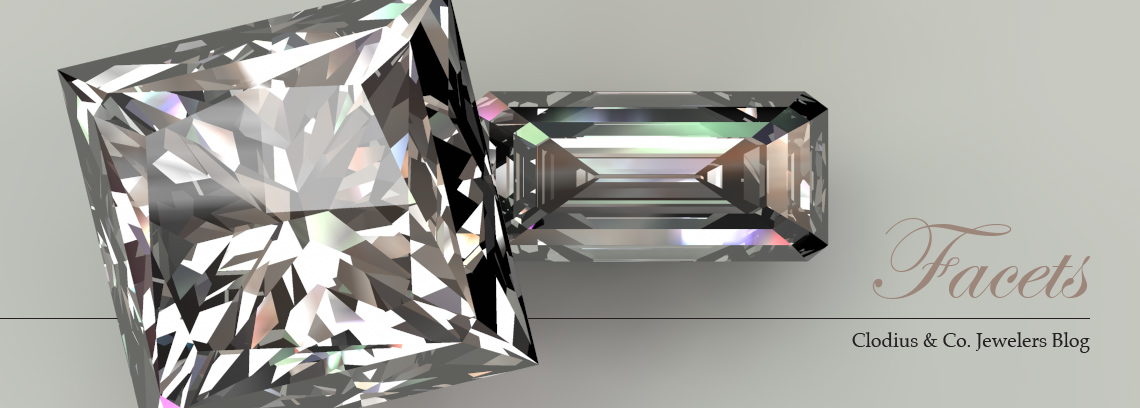Jewelry Blog Rockford, IL
Mother Nature Dazzles Us Again: Natural Freshwater Pearl Bears Uncanny Likeness to a Swimming Fish November 20, 2017
A natural freshwater pearl bearing an uncanny likeness to a swimming fish proves, once again, that Mother Nature is the world's greatest artist, sculptor and designer.
Measuring a little less than an inch in length, the specimen's shape, color, scale-like texture and seemingly articulated head and body make for a one-of-a-kind masterwork that has the gemological and jewelry communities buzzing.
The Gemological Institute of America’s New York City lab recently completed an examination of the unique fish-shaped brownish orange pearl. Sally Chan Shih and Emiko Yazawa wrote about the interesting find in the Fall 2017 edition of Gems & Gemology.
"One end was wider and more rounded, which bore an uncanny likeness to a fish’s head, with an 'eye' and 'mouth' also discernible," they wrote. "The lustrous orient along the body narrowed to a rounded point, resembling iridescent fish scales on a tail."
The pearl measures 21.34 mm (.84 in.) wide by 6.28 mm (.24 in.) tall by 2.81 mm (.11 inches) thick.
A chemical analysis of the 2.12-carat pearl confirmed high levels of manganese, which proved the natural pearl was formed in a freshwater mollusk. That mollusk was likely harvested from a river in the Mississippi Valley.
What makes the "fish pearl" more extraordinary is the fact that it came to be completely without human intervention.
A natural pearl forms when an irritant, such as a grain of sand, slips in between the mollusk’s shell and its mantle tissue. To protect itself from the irritant, the mollusk secretes layer upon layer of nacre, which is the iridescent material that eventually produces a pearl. Cultured pearls, by comparison, are grown under controlled conditions, where a bead is implanted in the body of the mollusk to stimulate the secretion of nacre.
The authors emphasized that the entire nacreous surface was composed of overlapping platelets.
"We observed no indications of work, such as polishing, that is sometimes performed to improve a pearl’s appearance," they wrote.
Credit: Photo by Sood Oil (Judy) Chia, courtesy of the Gemological Institute of America.
About the Author
With over 250 years of combined experience, our staff truly understands why you purchase jewelry, and what it means to you. Clodius & Co. is known as Rockford's custom jeweler and more. Why? Because we like to get acquainted with our customers while we help them select or create their jewelry.
Other Recent Blog Entries
Gift with Purchase – A Special Valentine’s Offer
New Year, New Jewels: Start 2025 with Sparkling Style
The Enchanting World of Peridot: Discover Its Unique Beauty at Clodius & Co.
Honoring Independence Day with Clodius & Co Jewelry
Celebrate Mother's Day in Style: Inspiring Gift Ideas from Clodius & Co.
Diamonds Unveiled: A Comprehensive Guide to Understanding Diamonds with Clodius & Co.
















